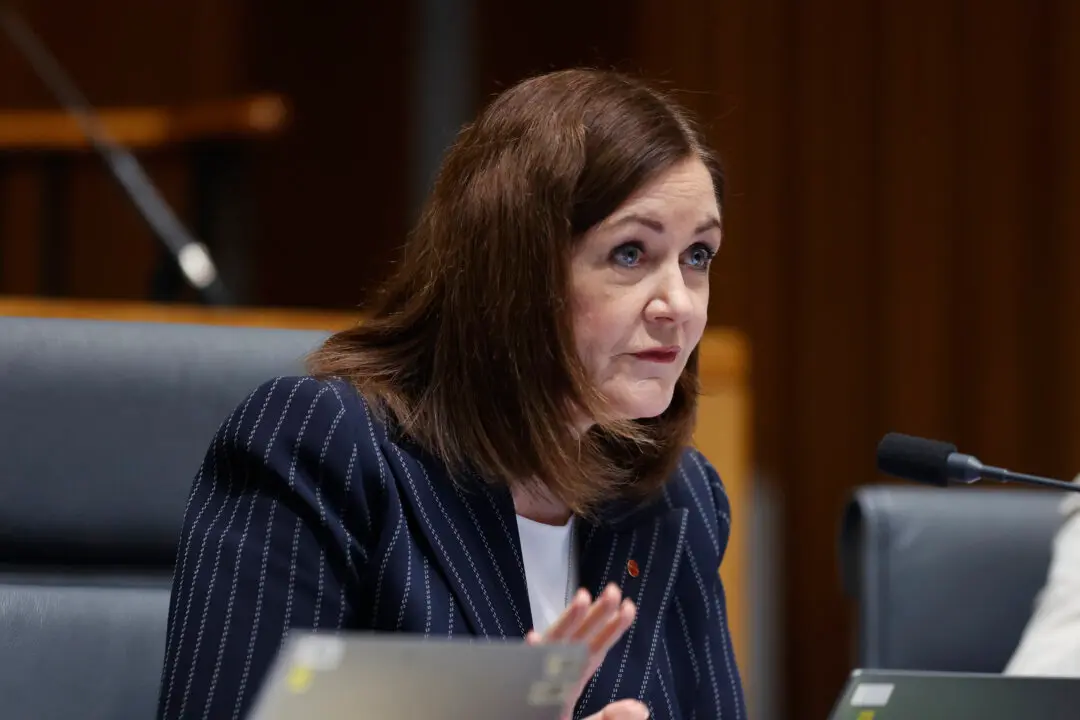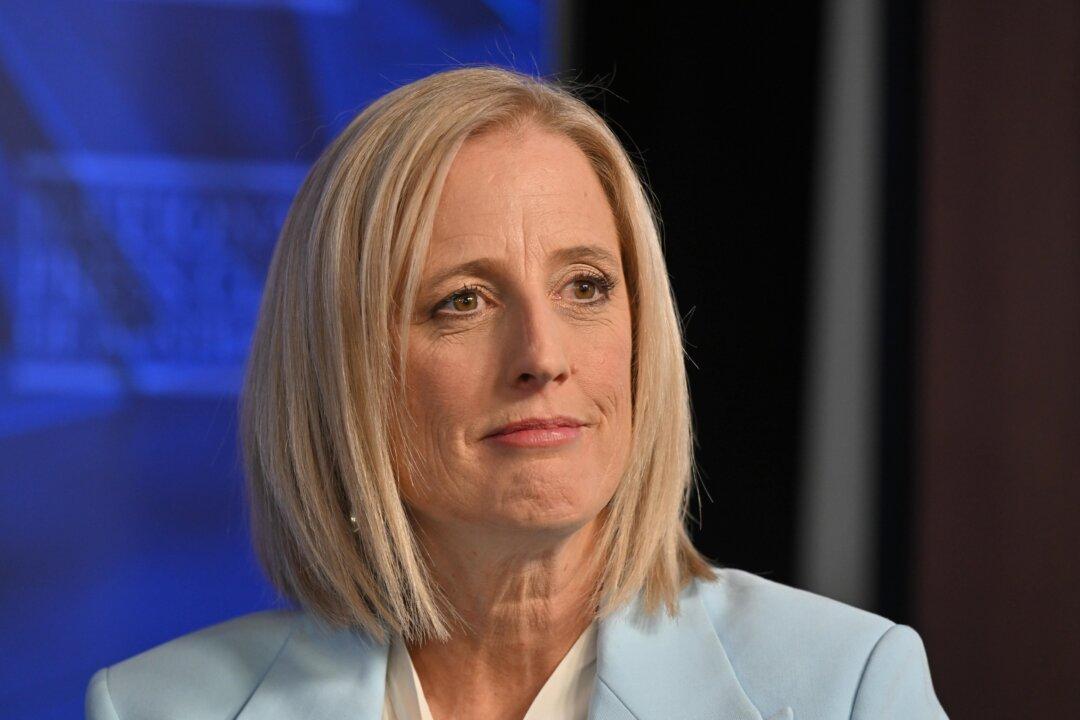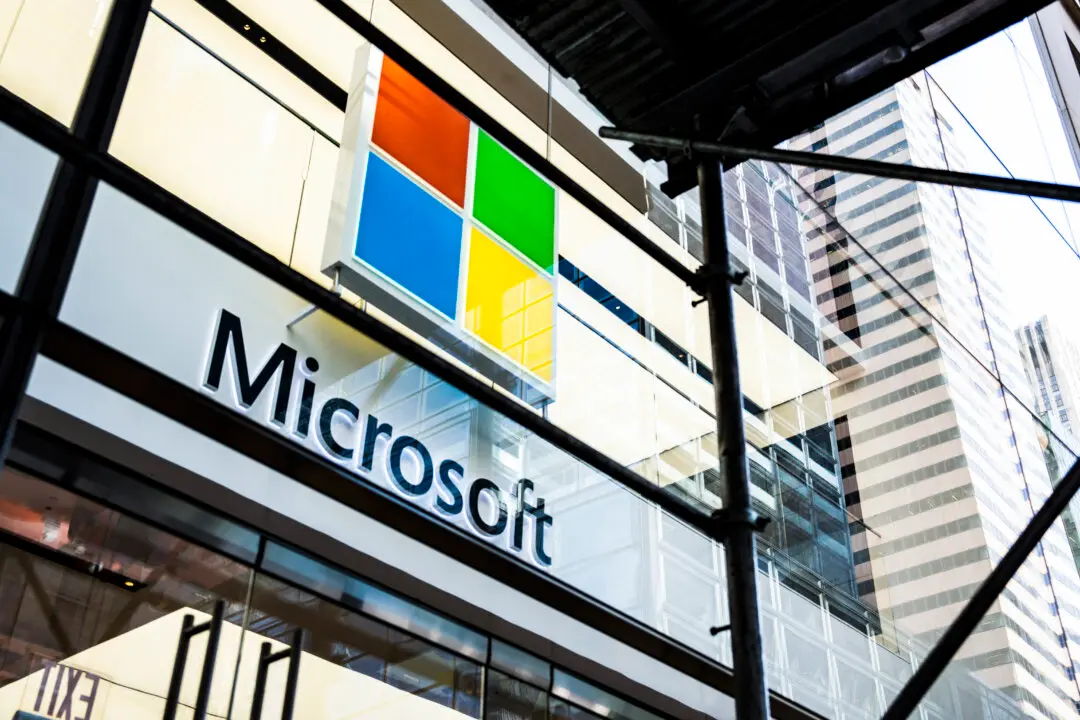The Australian eSafety Commissioner (eSafety) has commenced civil penalty proceedings against social media giant X, formerly known as Twitter, for failing to comply with government requirements regarding child sexual exploitation materials.
In February, eSafety issued a transparency notice to several social media companies, requesting them to provide information about how they were addressing child sexual exploitation and abuse materials and activities on their platforms.





